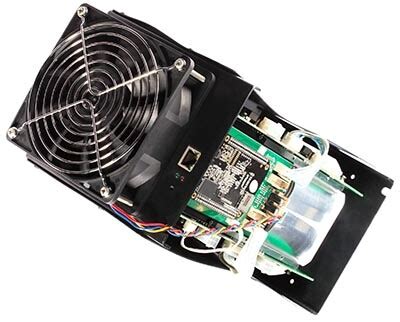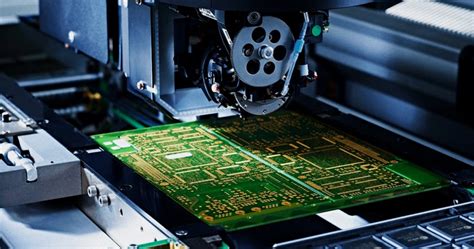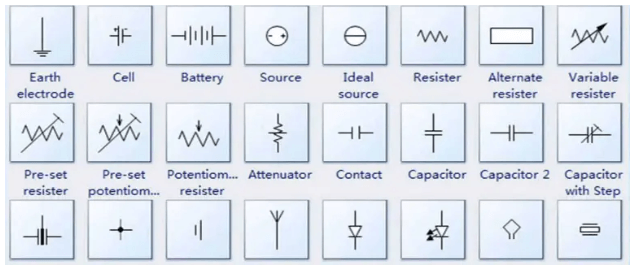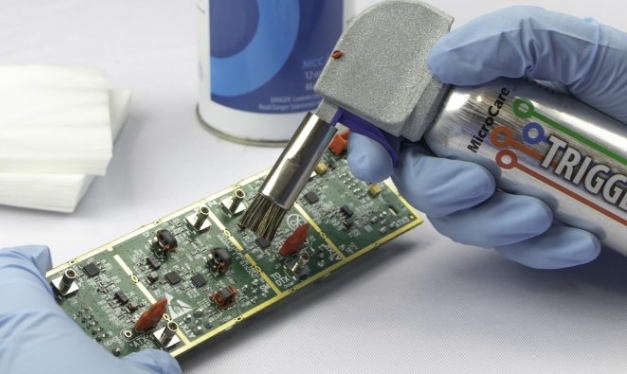Recyclable Printed Circuit Boards (PCBs): Paving the Way for Sustainable Electronics
Introduction
The electronics industry faces growing scrutiny over its environmental impact, particularly regarding electronic waste (e-waste). Among the most problematic components are printed circuit boards (PCBs), which form the foundation of nearly all modern electronic devices. Traditional PCBs are complex composites of materials that make recycling difficult and often economically unviable. However, recent advancements in recyclable PCB technology promise to revolutionize the industry by addressing these sustainability challenges. This article explores the current state of PCB recyclability, emerging technologies for recyclable PCBs, their environmental and economic benefits, implementation challenges, and future prospects for sustainable electronics manufacturing.
The Problem with Conventional PCBs
Traditional PCBs present significant environmental challenges due to their composition and construction:
- Complex Material Composition: A typical PCB contains 30% metals (including copper, gold, silver, and palladium) and 70% non-metals (primarily epoxy resins and glass fiber). This complex mixture makes separation and recycling difficult.
- Toxic Components: Many PCBs contain hazardous materials like lead, mercury, cadmium, and brominated flame retardants that can leach into the environment if not properly disposed.
- Current Recycling Methods: Conventional recycling focuses primarily on recovering valuable metals through processes like:
- Mechanical separation (shredding and sorting)
- Pyrometallurgy (high-temperature smelting)
- Hydrometallurgy (chemical leaching)
These methods often result in the loss of non-metallic components, which account for the majority of the PCB’s mass.
- Low Recycling Rates: Estimates suggest only 20-30% of PCB materials are currently recovered, with the rest ending up in landfills or being incinerated.

Emerging Technologies for Recyclable PCBs
Researchers and companies are developing several innovative approaches to create truly recyclable PCBs:
1. Bio-based and Degradable Substrates
- Plant-based Resins: Researchers are developing PCB substrates using bio-based polymers derived from sources like lignin, cellulose, or soy protein that can decompose more easily than traditional epoxy resins.
- Fungal Mycelium: Some experiments use mycelium (the root structure of mushrooms) as a biodegradable substrate material for low-performance electronics.
2. Reversible Adhesion Systems
- Vitrimer Polymers: These epoxy-like materials maintain stability during use but can be depolymerized under specific conditions (heat, chemicals, or light) allowing components to be separated intact.
- Dynamic Covalent Bonds: Chemical bonds that can break and reform under certain conditions, enabling disassembly without damaging components.
3. Water-soluble PCBs
- The University of Washington and Microsoft Research developed a PCB that dissolves in hot water, leaving components intact for reuse while recovering the board materials.
4. Modular and Disassemblable Designs
- Snap-fit Components: Designs that allow mechanical disassembly without specialized tools.
- Standardized Interfaces: Creating universal connection standards to facilitate component reuse across different devices.
5. Conductive Ink and Printed Electronics
- Using conductive inks printed on paper or other biodegradable substrates for simple circuits, enabling easier recycling through conventional paper processes.
Environmental Benefits of Recyclable PCBs
Adoption of recyclable PCB technologies could significantly reduce the environmental impact of electronics:
- Reduced E-waste: By making PCBs fully recyclable, the amount of electronics ending up in landfills could be dramatically decreased.
- Lower Carbon Footprint: Recyclable PCBs often require less energy to produce and recycle compared to conventional PCBs.
- Decreased Toxic Emissions: Eliminating hazardous materials and improving recyclability reduces pollution from both manufacturing and disposal.
- Conservation of Resources: Better recovery rates preserve valuable materials and reduce the need for virgin resource extraction.
- Circular Economy Potential: Recyclable PCBs are a critical step toward creating a true circular economy in electronics where materials are continuously reused.
Economic Considerations
While recyclable PCBs may initially cost more to produce, they offer several economic advantages:
- Long-term Cost Savings: Reduced material costs through improved recovery and reuse of components and materials.
- Compliance Benefits: Meeting increasingly stringent environmental regulations can avoid future penalties and restrictions.
- Brand Value: Sustainability leadership can enhance brand reputation and customer loyalty.
- Supply Chain Security: Reduced dependence on scarce or geopolitically sensitive materials through improved recycling.
- New Business Models: Potential for leasing or take-back programs that create ongoing customer relationships.
Challenges and Limitations
Despite their promise, recyclable PCBs face several implementation challenges:
- Performance Requirements: Many biodegradable or recyclable materials cannot yet match the durability, heat resistance, or electrical properties of conventional PCB materials for high-performance applications.
- Manufacturing Compatibility: Existing electronics manufacturing infrastructure is optimized for traditional PCB materials and may require expensive retooling.
- Cost Premium: Current recyclable PCB technologies often come at a significant cost premium compared to conventional options.
- Regulatory Hurdles: New materials may require extensive safety and reliability testing before widespread adoption.
- Consumer Behavior: Without proper collection systems, even recyclable PCBs may not reach appropriate recycling facilities.
- Component Compatibility: Many electronic components themselves are not recyclable, limiting the overall sustainability impact.

Case Studies and Current Implementations
Several organizations are making progress in commercializing recyclable PCB technologies:
- iNEMI’s Sustainable PCB Project: An industry consortium working to develop standardized, more sustainable PCB materials and designs.
- Jiva Materials’ Soluboard: A water-soluble PCB substrate that leaves no toxic residues and allows 90% component recovery.
- CircuIT Project (EU-funded): Developing circular economy solutions for electronics, including PCB disassembly technologies.
- Apple’s Innovations: The company has invested in research into recyclable PCBs as part of its broader environmental initiatives.
- Printed Electronics: Companies like Molex and DuPont are developing printed electronics on paper and other sustainable substrates for simple applications.
Future Outlook and Research Directions
The field of recyclable PCBs is rapidly evolving with several promising research directions:
- Advanced Materials: Development of new polymer chemistries that combine recyclability with high performance.
- Design for Disassembly: Incorporating recyclability considerations at the earliest design stages.
- Digital Product Passports: Using blockchain or other technologies to track materials and facilitate recycling.
- Hybrid Approaches: Combining multiple recyclability strategies (e.g., biodegradable substrates with modular components).
- Scaling Production: Moving from lab-scale demonstrations to industrial-scale manufacturing.
- Policy Drivers: Potential regulations mandating minimum recyclability standards for electronics.
Conclusion
Recyclable PCBs represent a critical innovation for sustainable electronics, addressing one of the most challenging components in e-waste recycling. While technical and economic hurdles remain, the environmental imperative and growing regulatory pressure are driving rapid advancements in this field. As these technologies mature and scale, they promise to transform the electronics industry from a linear “take-make-waste” model to a more circular, sustainable system. The widespread adoption of recyclable PCBs will require collaboration across the entire electronics value chain—from material scientists and manufacturers to product designers, policymakers, and consumers. By overcoming these challenges, the electronics industry can significantly reduce its environmental footprint while continuing to deliver the technological innovations that modern society depends on. The development of fully recyclable PCBs isn’t just an environmental necessity—it represents a fundamental rethinking of how we design, manufacture, and dispose of electronic products in the 21st century.







